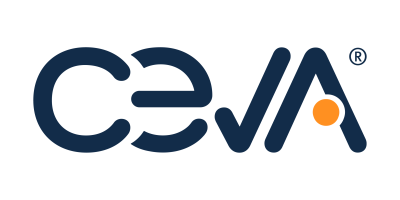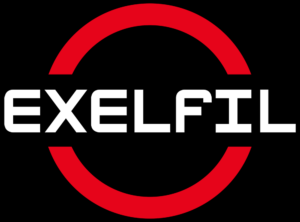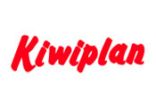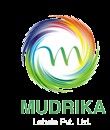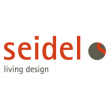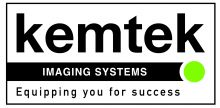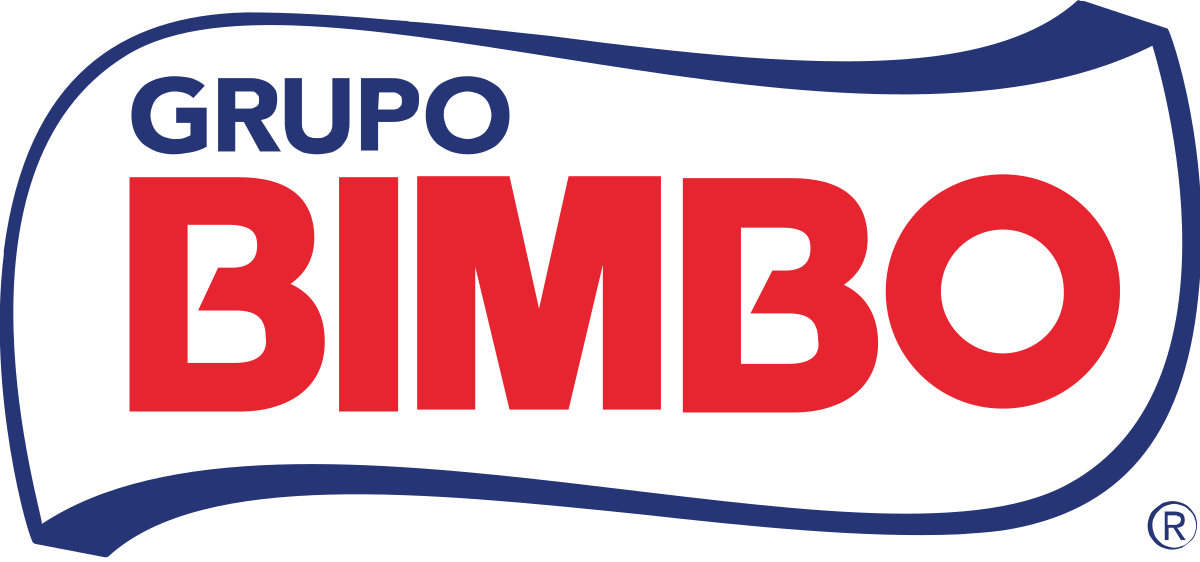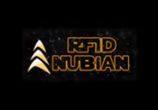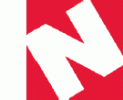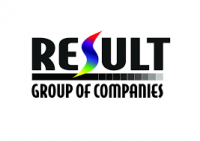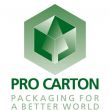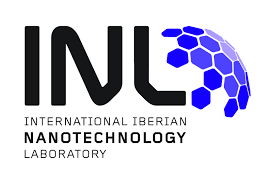
HP
In a mobile, always-connected world, consumers expect printed objects to contain pollable information. From 2D and color 2D barcodes to user-interactive sensors (such as battery "juice checkers"), users expect printed information to provide a "physical browser" effect-printed content connects the user to on-line content. The advantages for a product manufacturer are many, since the information goes both ways. Consumers also expect on-line information to point them to the physical objects. Print-powered applications run the gamut from barcode-reading services like RedLaser to comparison-shopping services like Froogle and ShopSavvy. Web addresses can be embedded directly into images by digital watermark supported applications such as Clic2C. In this paper, several methods by which packaging can augment the information in either a "print-as-manufacturing" or "actionable printing" approach are outlined. These include (1) the "physical browser" effect where imaging the printed information connects the consumer to on-line content; (2) the "sensor" effect where the consumer can activate on- package sensors such as LEDs, voltage sensors, current sensors, temperature sensors, etc., and (3) the "hybrid printing" effect where the printed information augments a non-printed sensor or other manufactured device (such as a printed antenna for an RFID or near- field communication (NFC) device. These intelligent packaging approaches enable a wide variety of other valuable workflows in security, authentication, customer loyalty and gaming, track and trace, etc. The brand owners benefit from the wide array of useful analytics that can be derived.









